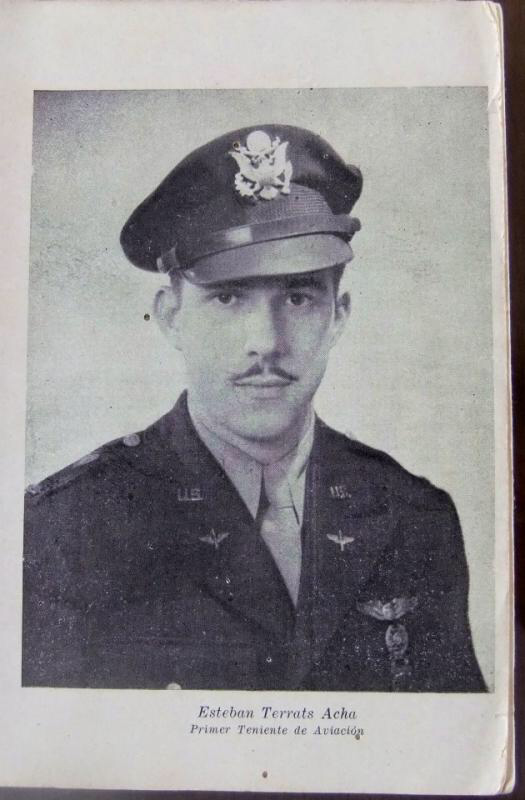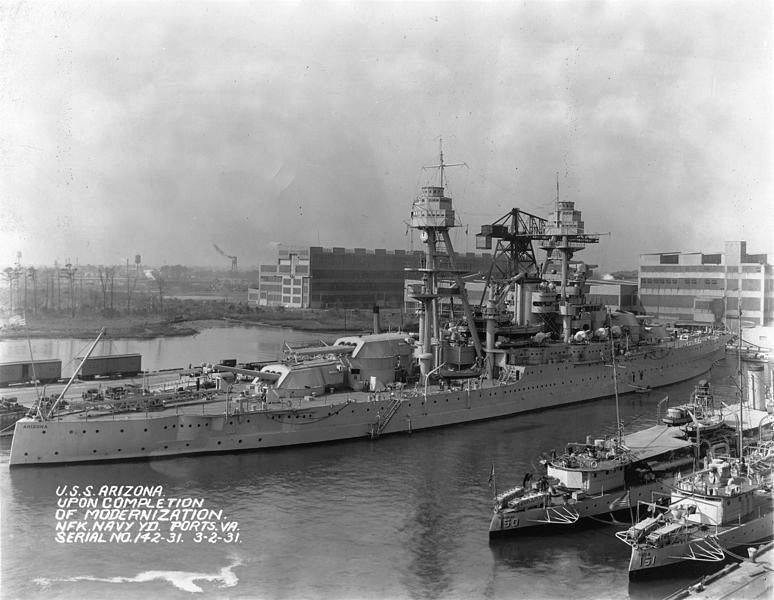On This Day...March 2nd
Crew of the U-Boat U-50 show off their Iron Crosses On March 2nd, 1940. The crew of the ‘Dreadful' left the German-administered island of Helgoland (sometimes known as Heligoland), on 6 February 1940, U-50 en route to Scotland on her very first patrol. It was here that she sighted her first victim at 22.40 hours on 11 February. The neutral Swedish steam merchant ship ‘Orania' (below) was homeward bound from Argentina with food supplies.
Despite running fully illuminated, the U-Boat was unable to identify her as neutral and attacked with a single torpedo just before midnight, north-northeast of the Shetland Islands. All 24 crew aboard the Orania abandoned ship in two lifeboats, one of which, with fourteen souls aboard, was never seen again. The remaining ten survivors were rescued the next morning.
In the early morning hours of 15 February, U-50 found her second victim, the Danish steam merchant, ‘Maryland' which was travelling unescorted. U-50's second torpedo at 02.07 broke the ship's back and she sank in just seven minutes with the death of all 34 souls.
After sinking the Maryland U-50 travelled south and encountered her third victim, the neutral Dutch steam ship Tara off the west coast of Spain.
Despite her neutral affiliation, the captain's log of U-50 claimed she was under way with no neutral markings. The submarine had spotted her at midnight and attacked with a single torpedo at 01.38 hours, which missed. A second torpedo at 02.54 hours found its mark. All hands abandoned ship in two lifeboats as U-50 delivered the coup de grâce and the ship sank twenty minutes later.
On 22 February, U-50 torpedoed the British tanker British ‘Endeavour' about 100 miles west of Vigo, Spain.
Five were killed in the attack, the remaining thirty-three abandoning ship and eventually picked up by the British merchantman Bodnant. The survivors were put in at Funchal in Portugal.
(Tin model of U-50, with ‘Schrecklich' (‘Dreadful') painted on the side)
For these endeavours the crew of U-50 earned their Iron Crosses after putting in at at Kiel on 4 March after 28 days at sea. They left for their second patrol on 5th April, just four weeks after the first photo above, and were never seen or heard of again.
A TBF-1 Avenger of Torpedo Squadron VT-4 resting upside down on two of USS Ranger's port stacks following a landing accident in the mid-Atlantic, 2nd March 1943.
Churchill tank of British Army (North Irish Horse Regiment) carrying Italian infantrymen of 3rd Battalion, 21st Infantry Regiment, in Ravenna, Italy, 2nd March, 1945.
503rd FIghter Squardon (339th FG) 8th AIr Force - this is the P-51 assigned to 1st Lt. Esteban A. Terrats.
On March 2nd, 1945 while on escort duty protecting B-17s on a mission to Ruhland, Germany, Terrats was shot down by enemy fighters. His body was never recovered.
During a bombing run on Cologne, the Lancaster above (flown by F/Lt Jock Lennox and crew, on the second operation of their second tour) was hit by flak, but they were able to bomb and get back to base without much difficulty. When attempting to land at Scampton, England, only the starboard undercarriage wheel could be lowered, so they were diverted to nearby Carnaby. F/O Ron Fullelove recorded that Jock did a “superb job” of landing on only one wheel; surprisingly for these ‘On This Day...' series, all crew survived. Unsurprisingly, LM 752(P4-S) suffered so much damage that the aircraft was classified 'DBR' (Damaged Beyond Repair).
First flight of the Concorde, March 2nd, 1969.
The ‘Miracle of Cologne'
Despite being hit by 14 aerial bombs and more than 70 firebombs over the course of the Second World War, the Cathedral in Cologne (like St.Paul's in London) remained largely undamaged despite the terrible carnage vistited upon the city. Whether by an act of God or just good luck, the building stood and remains to this day, which considering the first bricks were laid in the year 1246, is a feat. Some repairs were finished in 1956, and again, as in London, some damaged brickwork was left visible as a reminder of the war.
LSM-264 unloading on Red Beach One, Iwo Jima, Japan, 2nd March 1945.
The iconic lines of USS Arizona (BB39) upon completion of her ‘modernization', Norfolk Navy Yard, Portsmouth, Virginia, 2nd March, 1931.





















They left for their second patrol on 5th April, just four weeks after the first photo above, and were never seen again.
Karma being, as they say, a ... witch.
Good riddance to Nazi scum.
Daley Jones’ locker, Tom.
David, the story of the "Dreadful" is as artfully crafted and haunting a photo narrative as you've yet presented. It is a poignant and frightening reminder of the nature and fortunes of war.
Thanks, David, appreciate that greatly.
I remember when the Concorde was the 'future'. Nice shot of the Arizona.
I like that shot of the Arizona, too.
David, I look forward to your postings everyday. You always have some good history and a good reminder of the actual cost of war. Thanks !